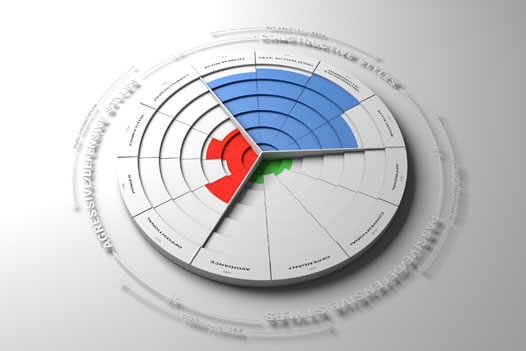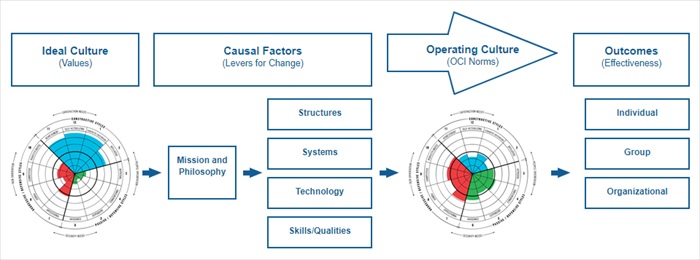How Culture Works
‘Culture’ is a term that has become an important part of any organisation’s vocabulary and a defining characteristic when talking about the organisation to both employees and customers. However, what it really means, how it works, and the impact it has on performance are often misunderstood.

At Human Synergistics, we define “culture” in the organisational context as being the shared norms and expectations that govern the way people approach their work and interact with each other. Such norms and expectations shape how organisational members believe they are expected to behave in order to fit in, get things done, and at times simply survive.
Organisational culture is influenced by a variety of factors, not least the behavior of the organisation’s leaders. To help organizations effectively measure their culture, Human Synergistics International CEO and distinguished academic Robert A. Cooke, Ph.D. developed the How Culture Works model in 1997. This identifies a total of 31 causal factors (organised into five categories) that are responsible for shaping culture and helping an organisation move from its Current Culture to its preferred or Ideal Culture.
The How Culture Works model illustrates the relationships between these Causal Factors and the organisation’s actual Operating Culture, along with the Outcomes of culture at the individual, group, and organisational levels.
Click on the image below to view our interactive model of How Culture Works
